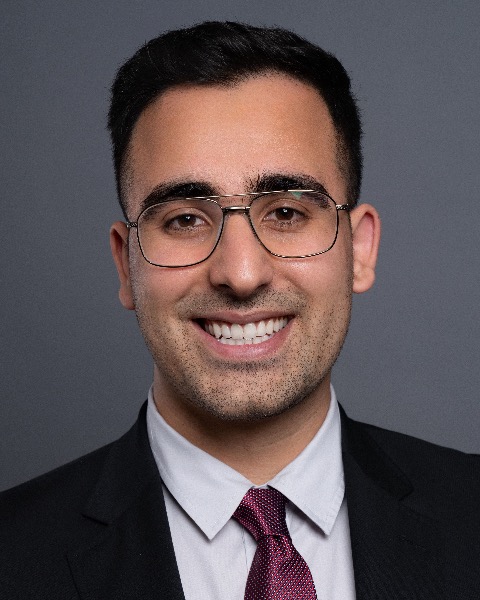Spine
Drug Abuse Increases Risk of Readmission and Revision Surgery After Multi-Level Scoliosis Correction
Drug Abuse Increases Risk of Readmission and Revision Surgery After Multi-level Scoliosis Correction

Shane Shahrestani, MD, PhD
Resident
Cedars-Sinai Medical Center
Yorba Linda, CA, US
Presenting Author(s)
Introduction: Drug abuse is a known contributor to poor surgical outcomes, but its impact on long-term complications following complex spine surgeries is less understood. In this study, we assess whether drug abuse predicts the need for readmission or revision surgery within one year after multilevel scoliosis surgery. Identifying high-risk patients can help tailor perioperative care and improve outcomes.
Methods: Using the Nationwide Readmissions Database (NRD), we analyzed 8,100 patients who underwent multilevel scoliosis surgery. Patients were classified as having drug abuse (n=181) or not (n=7,919) based on ICD-10 codes associated with psychoactive drugs, hallucinogens, opioids, volatile solvents, and drug-seeking behavior. Mixed-effects models were developed to predict the need for readmission or revision surgery within one calendar year. Fixed effects included age, sex, insurance status, NRD discharge weighting, and median income by ZIP code. Random effects captured hospital characteristics. Two models were created: one incorporating drug abuse and the other excluding it. The predictive performance was assessed using ROC curves, with a p-value < 0.05 defined a statistically significant.
Results: The model excluding drug abuse achieved an AUC of 0.683, indicating moderate predictive power. Adding drug abuse increased the AUC to 0.688, showing a modest but statistically significant improvement (p=0.022). These results suggest that patients with documented drug abuse are at a higher risk for readmission and revision surgery within a year of their initial scoliosis surgery.
Conclusion : Drug abuse is a significant predictor of adverse postoperative outcomes, including the need for readmission and revision surgery, following multilevel scoliosis surgery. Although the overall improvement in predictive power was modest, the statistical significance underscores the importance of screening for and addressing substance use in surgical patients. Integrating substance use assessments into preoperative planning may improve long-term outcomes and reduce healthcare utilization in this vulnerable population.
Methods: Using the Nationwide Readmissions Database (NRD), we analyzed 8,100 patients who underwent multilevel scoliosis surgery. Patients were classified as having drug abuse (n=181) or not (n=7,919) based on ICD-10 codes associated with psychoactive drugs, hallucinogens, opioids, volatile solvents, and drug-seeking behavior. Mixed-effects models were developed to predict the need for readmission or revision surgery within one calendar year. Fixed effects included age, sex, insurance status, NRD discharge weighting, and median income by ZIP code. Random effects captured hospital characteristics. Two models were created: one incorporating drug abuse and the other excluding it. The predictive performance was assessed using ROC curves, with a p-value < 0.05 defined a statistically significant.
Results: The model excluding drug abuse achieved an AUC of 0.683, indicating moderate predictive power. Adding drug abuse increased the AUC to 0.688, showing a modest but statistically significant improvement (p=0.022). These results suggest that patients with documented drug abuse are at a higher risk for readmission and revision surgery within a year of their initial scoliosis surgery.
Conclusion : Drug abuse is a significant predictor of adverse postoperative outcomes, including the need for readmission and revision surgery, following multilevel scoliosis surgery. Although the overall improvement in predictive power was modest, the statistical significance underscores the importance of screening for and addressing substance use in surgical patients. Integrating substance use assessments into preoperative planning may improve long-term outcomes and reduce healthcare utilization in this vulnerable population.

.jpg)